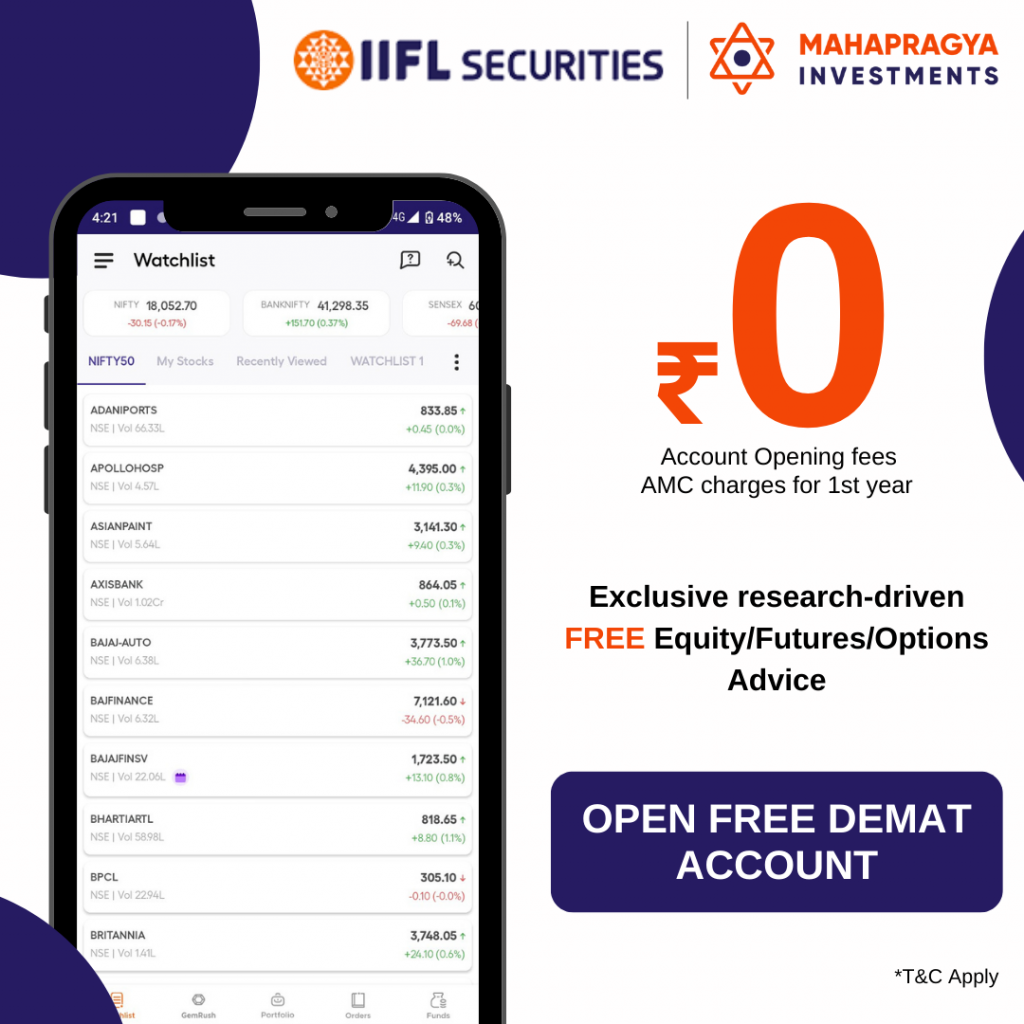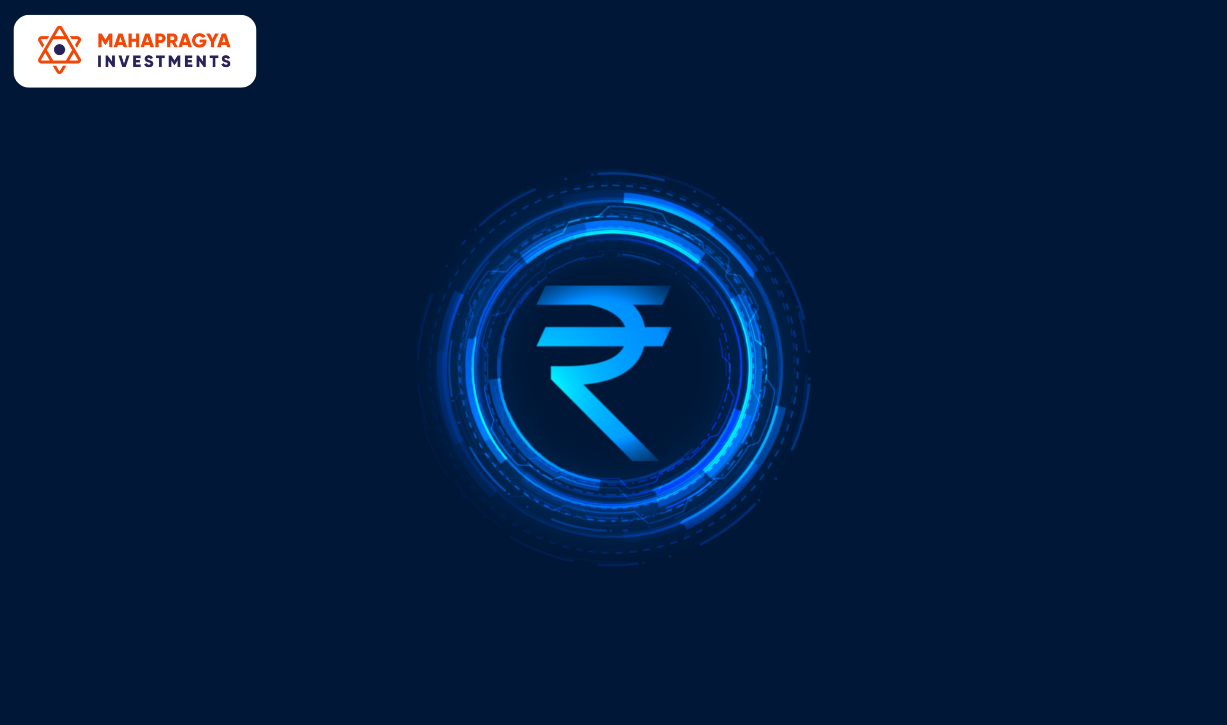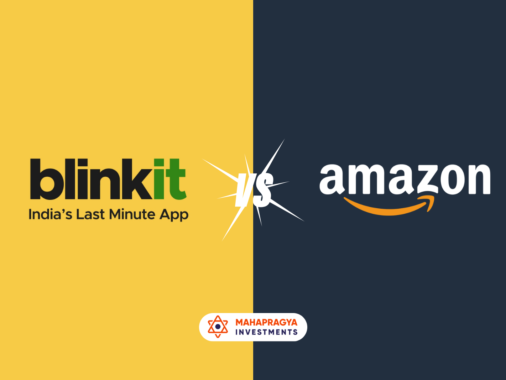
We need to talk about how the RBI just yesterday made e-Rupees available to a select number of people. But we’ll tell this tale in a somewhat different way. As opposed to our regular practice, we will pose a series of questions instead of going over the mechanics. We will address the questions that are currently dominating the conversation as best we can.
1. Is this virtual currency?
Yes
2. If this is a virtual currency, how will it vary from the virtual currency you exchange using UPI?
Currently, in order to transfer money through UPI, you must submit a request and have your bank process it. The bank then makes the decision to withdraw the remaining amount and transfer it to the beneficiary account. Banks also initiate a complex clearing and settlement process in the background to guarantee that everyone receives the payment they are due and nothing more.
Therefore, a network of middlemen makes this transaction possible.
However, you don’t even need intermediaries when using the digital rupee. As easily as if you were handing someone physical cash, you could transfer digital currency from your wallet to another wallet (belonging to an individual or a business). The deal has been completed. You might not even require an internet connection because the settlement is final.
It is just like physical money, but fully digital.
3. But hold on, how do I obtain an e-Rupee?
The money will currently only be made available to a limited number of people in a few cities. But if you were a member of this fortunate club, here is how you would use the digital rupee to conduct transactions.
Installing the CBDC app (a digital currency app backed by the Central Bank) and using a phone number connected to a bank account are the first steps. A digital wallet with a specific ID will be provided to you once you successfully register on the app. The wallet can then be stocked with money by making a bank account transfer. This is when things start to get interesting. You can choose any denomination of currency you like using the app. In order to load 10,000, you may, for example, ask for 500×16 units, 100×10 units, and 50×20 units.
And after you confirm, you’ll find digital currency in these denominations in your wallet.
4. Alright, but what’s the purpose? What’s the point of this?
Let’s say you wish to send a sizable amount of money. The type of money you can experiment with each day may be limited if you’re working with a bank. You might need to wait for the bank to approve the transaction if you’re sending money to a new account. In contrast, if the money is a “digital rupee” kept in your wallet, you should be able to transfer it instantly and without a problem – at least in theory.
Despite this, it’s still possible that the RBI may continue to impose spending limits or that you will be given the choice to set your own constraints. However, it is assumed at this time that it will give users more flexibility. It’s like having a large sum of money in your kitchen cabinet. Theoretically, you should be able to give it to anyone if you choose to.
But if the e-Rupee is kept in a digital wallet, it won’t accrue interest because it’s just like cash in your cupboard, only digital. So, there you go.
5. Acceptable! But why is this supported by the government?
Not just the government, though. But the RBI also seems to believe that the e-Rupee could address several issues that have plagued the use of real currency. Consider how challenging it is to produce, move, hold, and distribute actual currency. It’s incredibly expensive and a logistical nightmare. However, you could save a lot of money if you could substitute some of this currency with digital currencies.
On the other hand, not everyone believes it to be a more cost-effective option. It might become more complicated and more expensive if you have to handle all the overhead and issue different denominations as digital tokens. Therefore, it might go either way.
However, the biggest advantage might come from “Programmable money,” a notion that the RBI hasn’t yet addressed.
For instance, if the government is considering providing farmers with fertilizer subsidies, they could pre-load the wallet with an e-Rupee that could only be used to purchase fertilizers. By tracking this money and observing how it is being used, they might also assess the program’s effectiveness at a general level.
To be clear, this does not imply that the government will implement such a plan. But it’s conceivable.
6. That sounds like a disaster in terms of the privacy
Yes. However, banks already keep track of all online transactions. It’s hardly a huge difference. Actually, it appears that the RBI is requesting that banks not record low-value e-Rupee transactions in an effort to provide the same level of anonymity as hard currency.
Having said that, if we choose to use programmable money for transactions, the state may be able to apply a variety of restrictions that are inapplicable to the traditional banking ecosystem (or physical cash). That may be terrifying.
And it might be very, very scary if the e-Rupee eventually completely replaces hard currency.
However, it appears that the RBI has no such plans at this time. We will just have to wait and watch how the pilot plays out over the next few days, but they only want to utilize this as a substitute for actual currency in some use situations.







